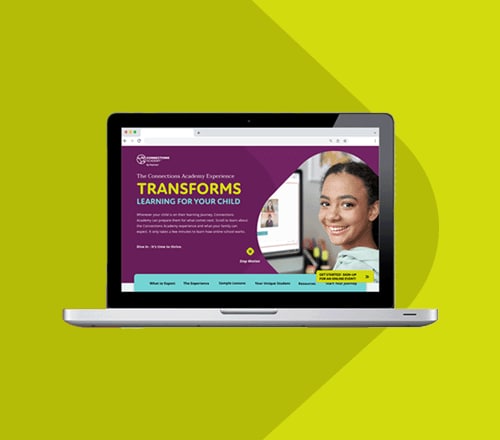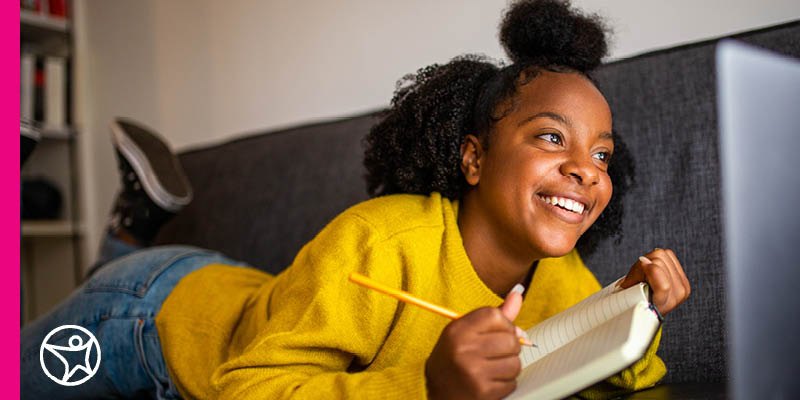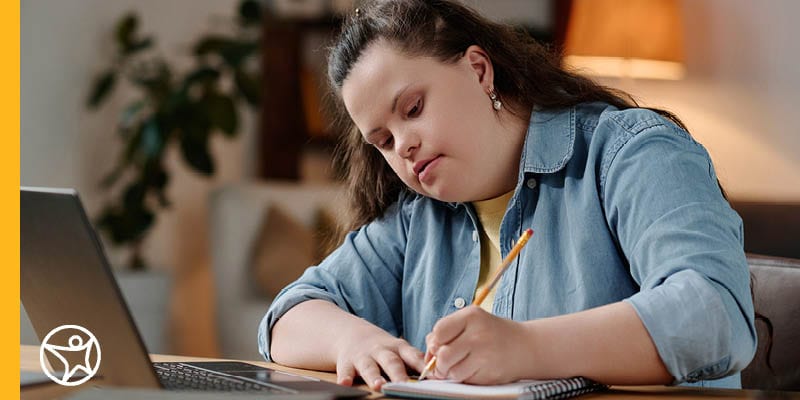How to Identify and Address Learning Gaps for Online Students
byChristopher E. Nelson
5 min to read
Many students today are dealing with a learning gap. In many cases, a student’s learning gap in education, or “lost learning,” is blamed on disruptions in schooling due to shifts from in-person instruction to online school instruction during the pandemic. But how would you know? And what can you do about it?
How to Identify Learning Gaps
A learning gap is a discrepancy between what a student has learned and what a student was expected to learn by a specific point in their education. One educator suggests identifying a learning gap in education simply by asking yourself, “Is it reasonable to think that my child could be proficient in this area without practice?”
If the answer is “yes,” you have a learning gap that needs to be addressed.
Kevin Hiatt, a publisher and former educator writing for teachers at Pearson International Schools, suggests a more sophisticated approach to identifying students’ learning gaps. Its areas of inquiry are easily adapted by parents of online school students.
Look at your curriculum and lesson plans.
If you can identify lessons that weren’t taught or were shortened because of disruptions, these are likely areas of concern. If your curriculum stated end-of-year expectations, consider whether these have been met.
Look at test scores.
Review test results from before, during, and since your school closure or whatever disruption you are dealing with.
Use formative assessment.
Quizzes, questionnaires, or simple conversations can help you understand what a child does and does not understand. Pay attention to what questions they answer during classes and when they are not part of the discussion. This will tell you which skills they’ve mastered and where there are gaps.
Look at previous years’ assessments.
You or your school might track your student from year to year. Print out your curriculum and highlight what your child is already proficient at. Then, moving forward, highlight and date the tracking document to indicate when you’re confident they have mastered something new.
How to Address Learning Gaps
Again, addressing learning gaps does not have to be complicated. “In general, the best way to address learning gaps is simple—go back and revisit the areas that need extra work,” according to one online tutoring service.
“Although this seems like an obvious answer, remember that learning gaps form because students are often forced to ‘move on’ with their class’s pace, regardless of whether they have gained a firm understanding of the concept being taught.”
Last spring, Education Week said that school districts across the country were hoping a combination of focused tutoring, materials aligned with classroom lessons and targeted to students’ needs, and constant review of data would be difference-makers for closing the COVID learning gap.
Traditional school administrators were looking forward to summer school programs, extended school days or after-school programs, or combined after-school programs and summer learning as means of addressing learning gaps, according to Education Week. In other words, spending more time on a subject.

How to Address Learning Gaps with Online School
There are several ways online or virtual school can help close learning gaps.
Allison Socol, assistant director of P–12 policy at the Education Trust, an organization that advocates for educational equity, told Education Week that academic work aimed at addressing learning gaps is most effective when:
Curriculum is aligned with classroom learning standards and targeted toward the needs of each student.
Connections Academy online public schools are accredited, educational institutions with curriculums that align with state and national standards. But online students in Connections Academy schools aren’t locked into the same exact learning schedule. Instead, each student is allowed the flexibility to adopt a schedule that works best for their learning style and needs. This includes spending more time on learning gaps or weaker subjects when needed.
Hold programs as part of the regular school day and year because students attend them more consistently than voluntary after-school programs.
Connections Academy adheres to the traditional school year and day, with live classes during school hours. But classes are also recorded, allowing students to review material on their schedules when they are ready to dedicate themselves to the work.
Group students in class sizes of about 10-15 students to give teachers space to address individual learning needs.
Class size is a non-issue with at-home learning. Each child gets undivided attention from his or her teacher. There are no distractions from other children or discipline problems in the classroom—just one-on-one interaction.
Academic recovery work is best when led by certified teachers, rather than volunteers or other adults.
Connections Academy teachers are not only certified, they are specially trained for the needs of online learning. Both students and their parents or Learning Coaches can get all of the support they need from teachers, counselors, and administrators.

Connections Academy offers unique, tuition-free online public schools for K–12 students. Twenty years of expertise in online learning and know-how go into creating a high-quality educational experience that keeps students motivated and engaged in a safe, virtual learning environment. Exceptional teachers deliver highly engaging instruction through online school programs and tailor learning to each student’s unique needs. Connections Academy also offers tutoring free with enrollment.
Are you ready to close the gap between your child’s current educational program and what they are capable of doing? Find an online school near you. It’s no problem to transfer midyear!



